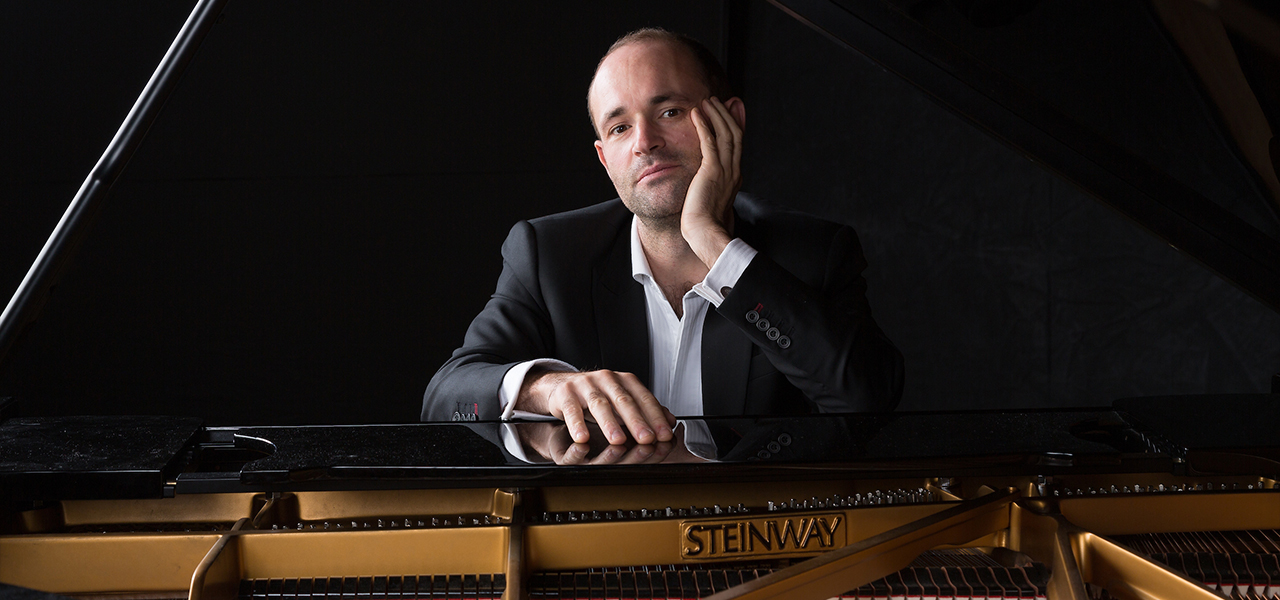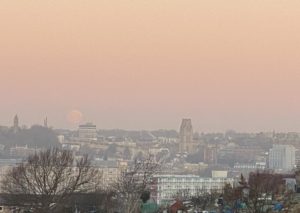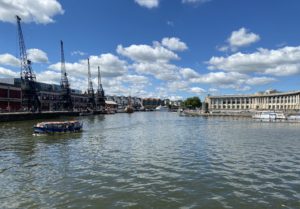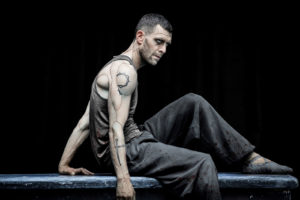
As a Copland fan I am constantly scouring the concert listings waiting for one of those rare gems from his early or late periods to get an outing, hopefully at a venue near me. Of course I have to scroll through a lot of Appalachian Springs and Hoe Downs to find something that really whets my appetite. This was certainly a case in point when I happened upon City Music Live’s online concert featuring the English pianist Nathan Williamson. The one hour concert of American piano music included two of Copland’s keyboard masterpieces, his Piano Sonata (1939-41) and his Piano Variations (1930). I have been privileged to see the latter played by Joanna MacGregor, Marc Andre Hamelin and Tamara Stefanovich but I had never seen the Copland’s Piano Sonata played live.
The Piano Sonata for me is just about the most perfect piece for a Copland connoisseur. It is a summation of all of the things I love about his music combining dissonance, rhythmic shifts, the full range of the dynamic spectrum from pianissimo to fortissimo, jazz influences, folk like hymns and crystalline purity. It’s a piece that gives something to the listener the first time you hear it but it also delivers so much more with repeated listens. I also know from experience that seeing a favourite work being played by a top performer switches on so many additional neural pathways. And one of the few good things about the Covid pandemic is that you get to see things that you otherwise might have to travel a long way for but with an online concert you get the best seat in the house at an affordable price. As a result I couldn’t wait.
Williamson recorded the sonata in 2017 and it was obvious from his playing that he has immersed himself in this piece. It was a completely virtuosic performance – at one minute the intense severity, almost brutality of the playing, and a refined delicacy the next. The constant changes of tempo, the moments of pianissimo marked as “with suppressed excitement”, the very clipped staccato in the middle jazzy scherzo and the bell like tollings in the third movement – he handled all of the challenges of the piece superbly and at times the playing was truly mesmeric.
At one point he has to deal with his over enthusiastic page turner and delay her urges to turn the page not once but twice. He avoided the distraction so adroitly that it’s almost as if it was choreographed.
If I was to be picky I would say that the acoustic of the church location wasn’t the most favourable. Also, I was rather surprised that the concert was performed on a Baby Grand rather than a Grand piano. But these are small detractions for me. It was all about the combination of sound and vision.
When I first heard the piece on CD years ago I probably would have been a little frustrated. In the first movement there are loads of little snatches of tunes which disappear as soon as they appear. You think and perhaps hope they will go one way but they wriggle free in a different direction. As a result there is a certain elusive feel to the work. But as a listener, it’s one worth fighting for.
I can’t recall ever noticing a piano sound so like a harp but Williamson was able to conjure up a sound world with many notes sounding as if the piano strings were literally being plucked. There were also tone clusters played with his fist.
The sonata is often described as perhaps the closest you can get to Copland’s innermost feelings and there is certainly something visceral about the music and this interpretation. The long drawn out conclusion is moving on disc but is something else to watch. On occasions when I have listened to the final movement, it seems so sparse and the lack of notes make it possible to daydream that even I might have a chance of playing it. However, seeing the fingering up close reassures me to stick to the day job!
As so often is the case when I am inspired by seeing or hearing something new in Copland piece I reread the relevant section in the Howard Pollack biography. The eureka moment was when I saw that the conclusion of the Piano Sonata has been likened to Beethoven’s final Piano Sonata No 32 Opus 111 and its feeling of being beyond human consciousness and a serenity achieved only after an intense earlier struggle. That was exactly what comes across in this performance. It really was a transcending experience and I was suitably transfixed.
Copland wrote the Sonata in between Billy the Kid (1938), Of Mice and Men and Our Town (both 1939) and Rodeo and Lincoln Portrait (both 1942). Some Copland admirers saw it as proof that Copland hadn’t sold out. In fact it was Leonard Bernstein’s favourite Copland composition. For me it shows Copland’s unbelievable eclecticism and the fact that as a composer he was certainly not going to be pigeon holed.
The rest of the concert which also included short pieces by Bernstein (Touches) and Lou Harrison (Largo Ostinato) was excellent but it was the Copland’s Piano Sonata which was definitely the highlight.







Leave a Comment